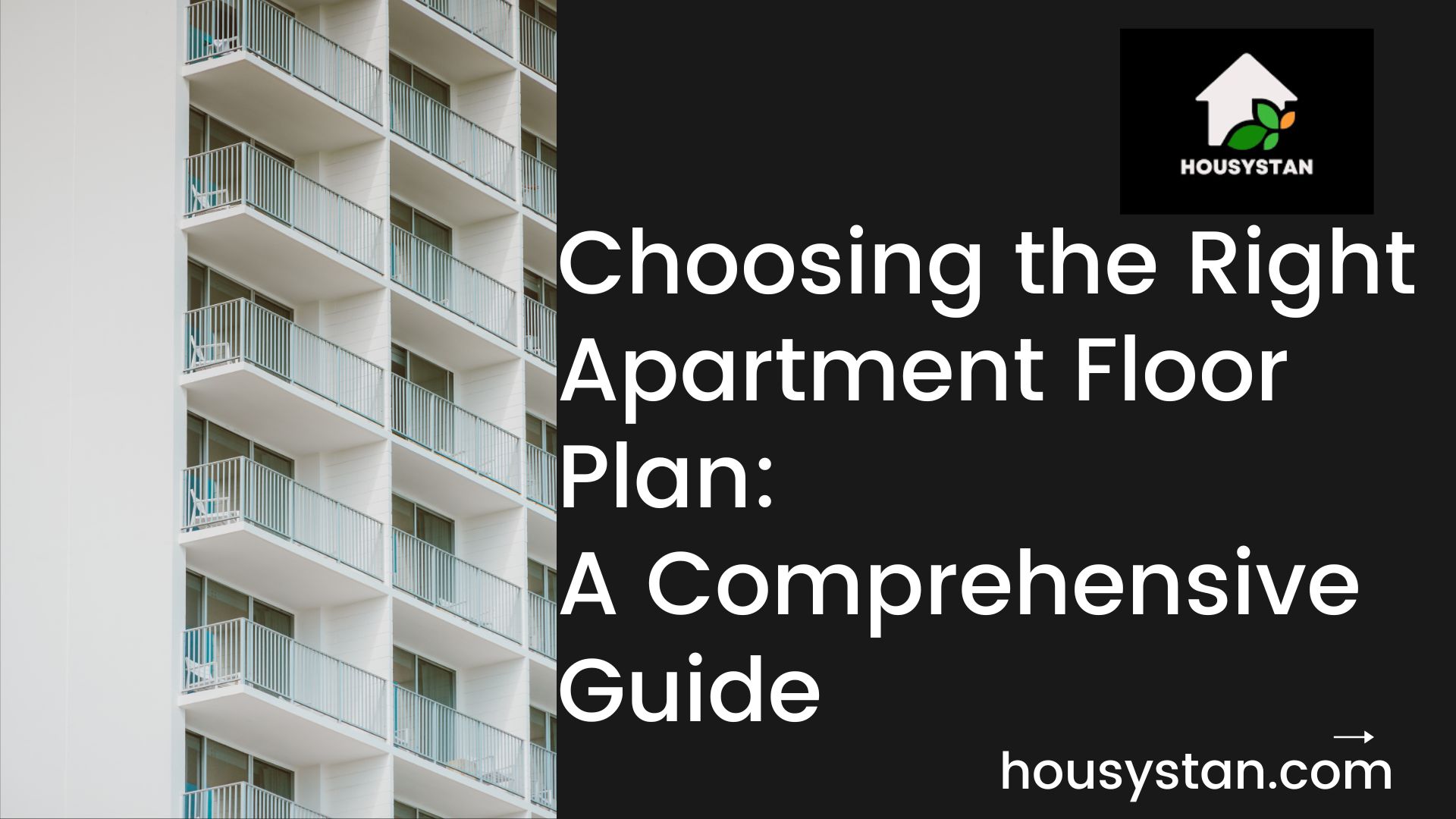Choosing the Right Apartment Floor Plan: A Comprehensive Guide
Read latest blogs and articles from Housystan

The Information mentioned here was last updated on:
11/12/2025Finding the ideal apartment floor plan is one of the most important decisions for anyone searching for a new home, whether in a bustling city or a quiet neighborhood. The right layout not only maximizes your living space but also enhances your lifestyle, comfort, and day-to-day convenience. Selecting an apartment in your preferred location, such as downtown, suburban areas, or near local amenities, becomes even more rewarding when paired with a floor plan suited to your needs.
When exploring apartment options, consider the number of bedrooms and bathrooms that fit your household size. Open-concept layouts appeal to those who enjoy entertaining, while private, segmented designs may suit families or remote workers seeking quiet spaces. In metropolitan regions, like New York City, Los Angeles, or Chicago, efficient use of square footage is crucial—look for plans with multi-functional spaces, ample storage, and natural light. For those in rapidly growing cities or suburban communities, options often include larger living rooms, private balconies, and dedicated dining areas, perfect for gatherings or family meals.
Pay attention to special features that enhance daily living. Walk-in closets, in-unit laundry, modern kitchens, and energy-efficient appliances can make a big difference. If you have pets, select a pet-friendly floor plan with easy outdoor access or proximity to parks. Accessibility is also key for those who need step-free entry or wider doorways. When searching in your local market, use geo-targeted keywords like "apartments near [city]," "best floor plans in [neighborhood]," or "modern apartments in [region]" to find listings tailored to your preferred area.
- Verified Tenants/Buyers
- Unlimited Property Listing
- Zero subscription/charges fee
Before making a final decision, tour several units and visualize your furniture and lifestyle within the space. Evaluate the community amenities, parking availability, and proximity to public transit, schools, shopping centers, and entertainment venues. Choosing the perfect apartment floor plan is a balance of personal taste, practical requirements, and local convenience. By focusing on these factors, you’ll ensure your new home meets your expectations and supports your ideal lifestyle in your chosen city or neighborhood.